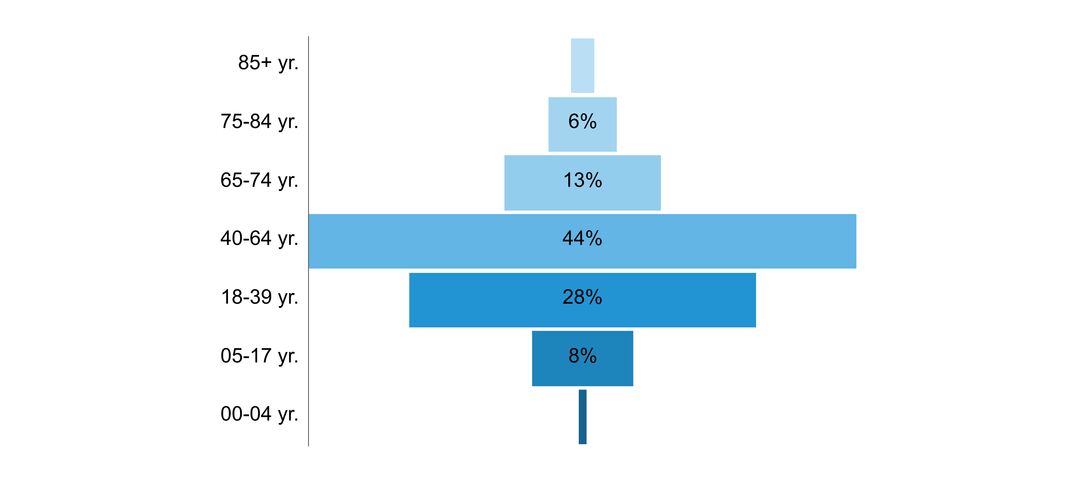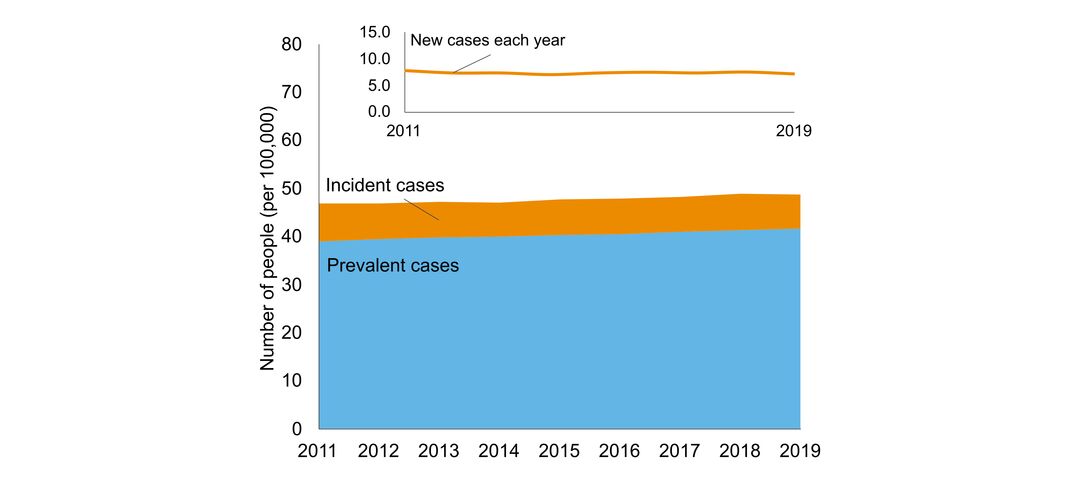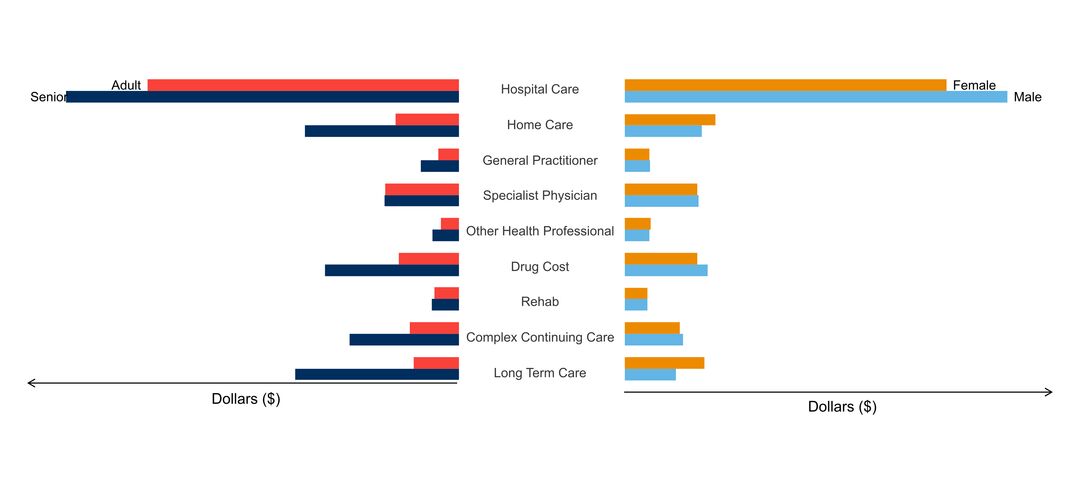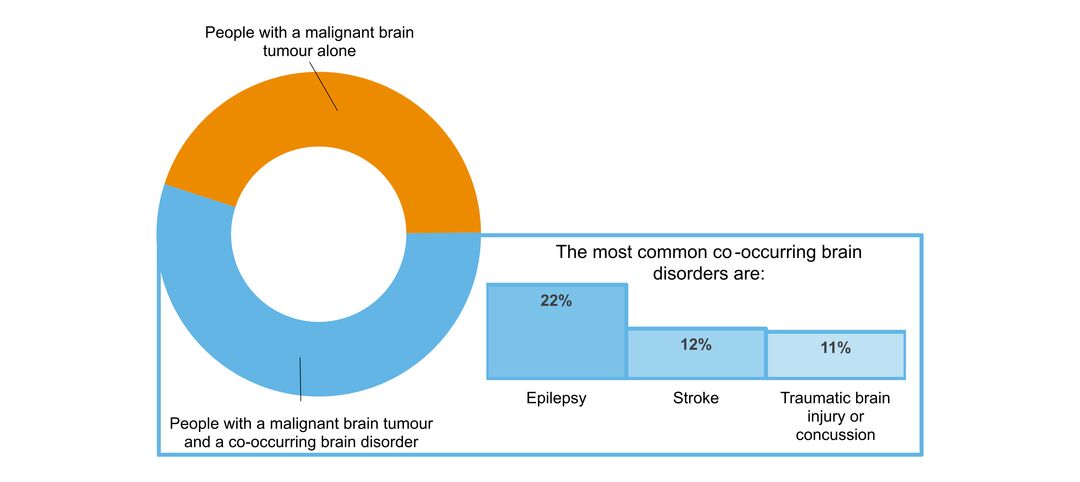Malignant Brain Tumour
What is it?
Malignant brain tumours are cancerous growths in the brain and are classified as either primary or secondary brain tumours. Primary tumours originate in cells of the brain, while secondary tumours originate in other types of cells that travel to the brain. Primary malignant brain tumours grow rapidly and can invade surrounding structures and tissues. Some types of primary malignant brain tumours may spread to other central nervous system sites. Secondary malignant brain tumours, also known as brain metastases, arise from a site outside the brain. An example is lung cancer that has spread to the brain. These types of cancers may also spread to other body organs.
While some tumours can be surgically removed, surgery is not always an option due to the location of the tumour in the brain. In these cases, chemotherapy or radiation may be used to treat the malignant brain tumour.
Click to download the chart pack or infographic!
- number of people in Ontario with the disorder
- age of people with the disorder
- sex ratio of people with the disorder
- what other brain disorders commonly co-occur
- overlap with mental health and addictions health system use
- costs & cost drivers associated with health system use







